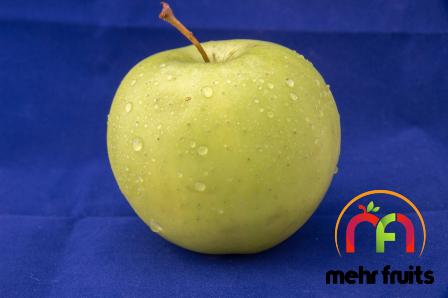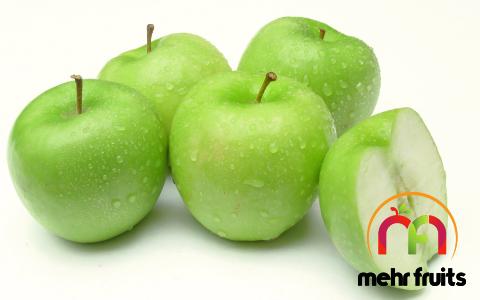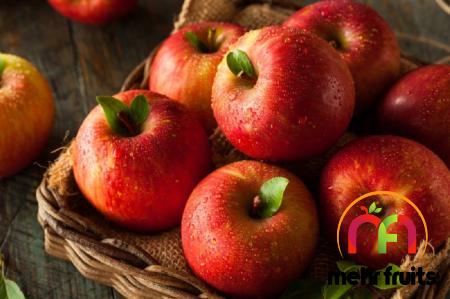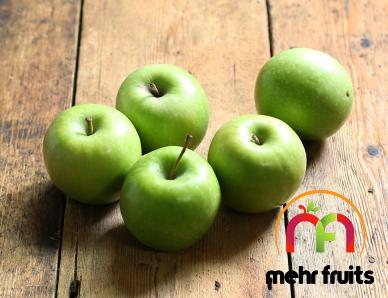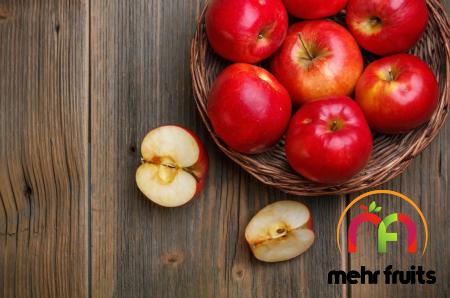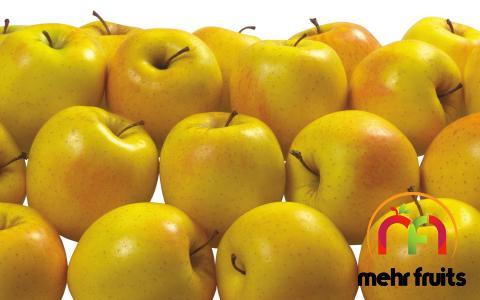Pink lady apple growing zones
The apple of pink lady type growing process happens in USDA Hardiness Zones 4 through 9, making it an excellent choice for home orchards
It is not necessary for the dwarf tree to have a pollinator in order for it to be able to produce fruit; it produces apples that are both flavorful and crisp on their own
It has highly precise requirements for the environment in which it grows
It takes a very long season of warm weather and plenty of sunshine, with the final month also having plenty of warm weather and sunshine, in order for the red pigmentation to properly form on the skin
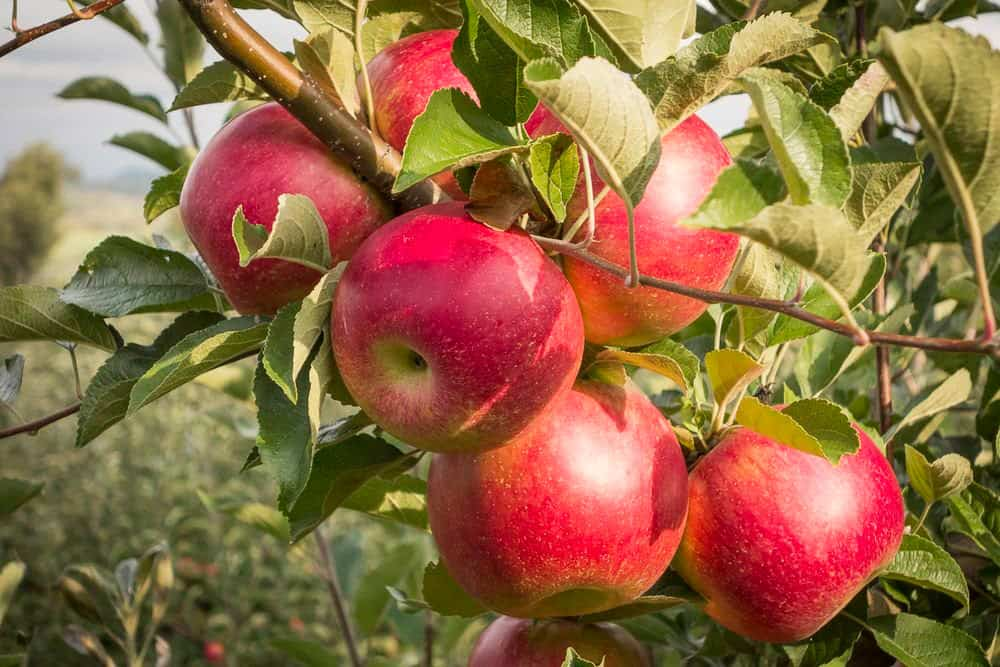
This is a vigorous tree that needs to be planted on poor soil in order to avoid an excessive number of leaves and new growth from being produced
During their first two or three years of growth, young Pink Lady apple trees should be irrigated
When there is a drought, mature trees, particularly during the stages when the fruit is developing, need to be irrigated
Every week or two, depending on the amount of moisture in the soil and other environmental circumstances, you should give your plant a thorough and deep watering that transports moisture to the plant’s deeper roots
Because water evaporates so quickly, giving the trees only a little bit of water on a regular basis is not going to be very beneficial
It is important to keep the area around young trees clear of weeds to prevent the trees from having to compete with each other for water and nutrients
When young trees go into hibernation, it is important to prune them so that the framework for future fruit-bearing branches can be formed
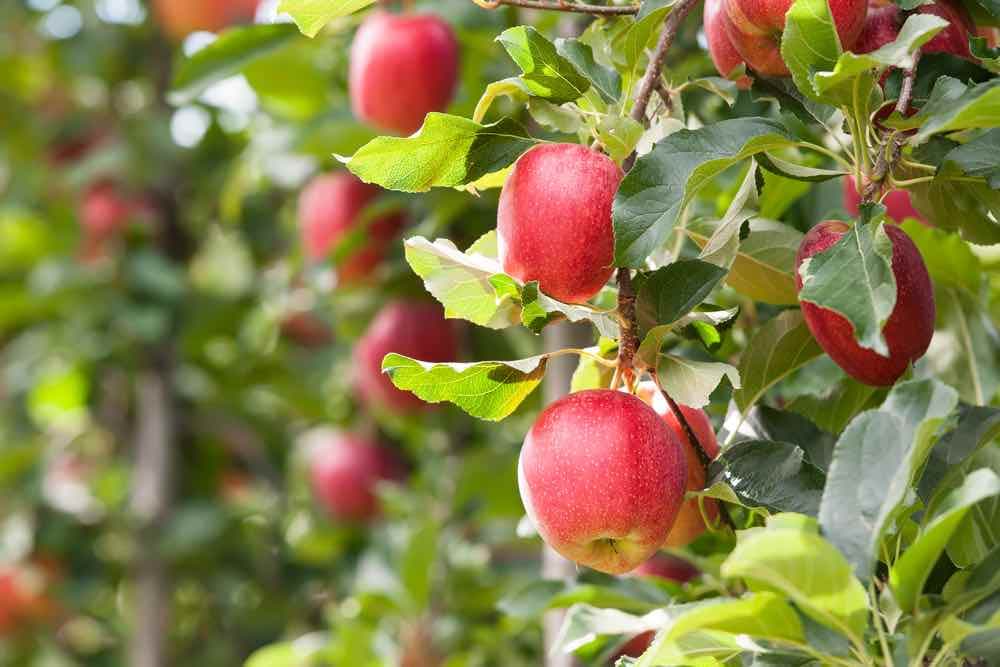
Apples of the Pink Lady kind grow on spur-type trees, which means that the fruit develops on twig-like, modified lateral branches known as spurs
In most cases, spur-type trees have a growth habit that is naturally open, which enables adequate air circulation all throughout the tree
Perform careful pruning to remove only wood that is sick or broken, or to create space between branches that are too close together for optimal fruit production
Once the key branches of a Pink Lady tree have been defined, annual pruning is helpful in maintaining the tree’s vigor
It is possible to apply fertilizer once per year in the spring, twice per year in the spring and fall, or once per month if a soil test or a tree leaf test indicates that frequent applications are necessary
You can conduct your own soil test with a kit that you can pick up at a nearby garden center, or you can have your county extension department perform a test on tree leaves for you
The manner in which trees use nutrients is influenced by a number of factors, including the location of the trees, the fertility of the soil, the age of the trees, and the weather; also, the manner in which nutrients are utilized varies from year to year
Nitrogen is the nutrient that gets depleted the most frequently, despite being the one that is consumed the most
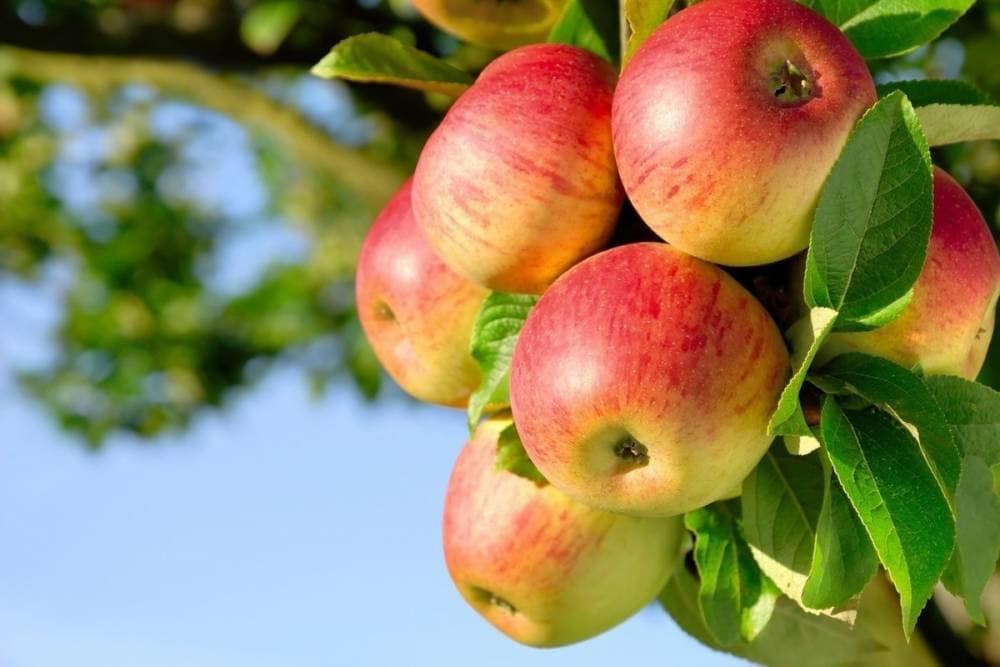
As a result, plants that lack nitrogen produce leaves that are tiny, yellowish-green, and exhibit poor overall growth
Potassium deficiency is characterized by stunted growth, fruits that are deformed, and leaves that are burned, cupped, or curled
This condition is most common in sandy soils
Deficiency in phosphorus is an extremely uncommon condition
An examination of the leaf can determine which nutrients are required and in what quantities they should be applied
The majority of the time, compost has a sufficient amount of potassium and nitrogen for domestic fruit trees
Before the next round of rain, spread compost all the way around the tree, from the dripline to within six inches of the trunk
Alternatively, you can irrigate the area to work the compost into the soil
Spraying insect pests with a suitable liquid will help you to control their population
It is not necessary to hurry out and spray for tiny infestations because natural predatory insects will take care of the problem
Dormant oil should be sprayed on trees in the winter to prevent San Jose scale, aphid eggs, and mite eggs from hatching, according to the University of California, Home Orchard
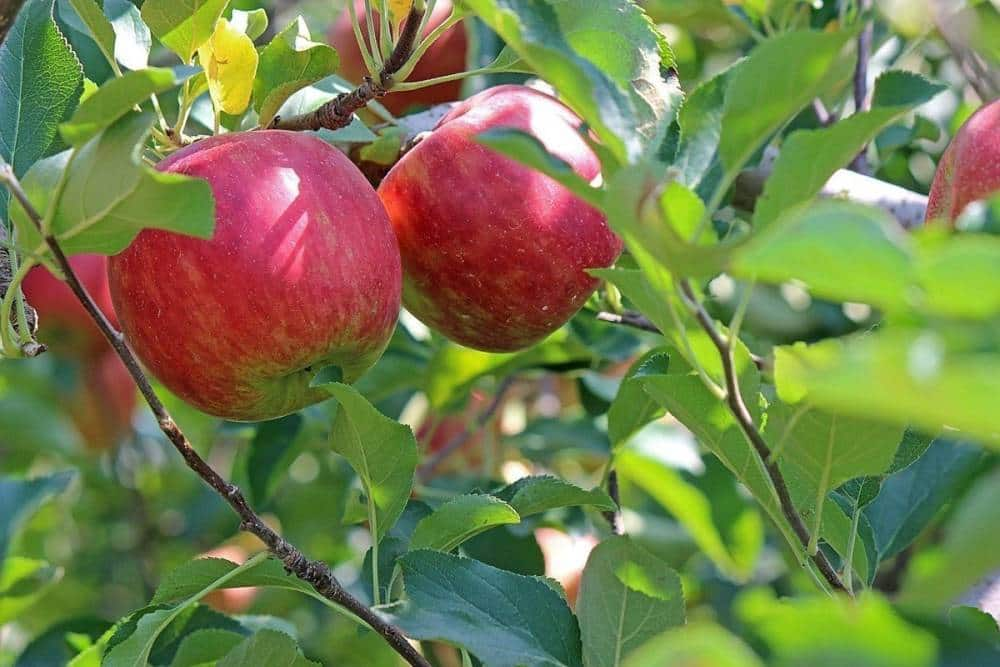
In cases where it is necessary, treatment should be given for codling moths
As a preventative measure, rake up all of the pruning as well as any leaves or fruit that have fallen to the ground
This will disrupt the life cycles of any organisms that may be responsible for the illness
According to the University of California Master Gardener Program, Pink Lady trees are prone to bacterial fire blight, which can be treated by cutting affected branches
In between each cut, disinfectant should be used to clean the pruning instruments, and spraying with a copper compound should be done every three to five days when the flowers are in bloom
To prevent apple scab and powdery mildew in the spring, apply a solution of baking soda or a natural fungicide at regular intervals of two weeks beginning in early spring
